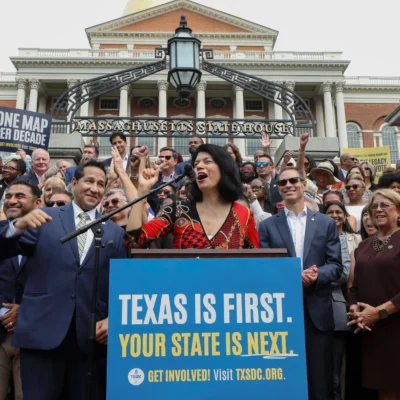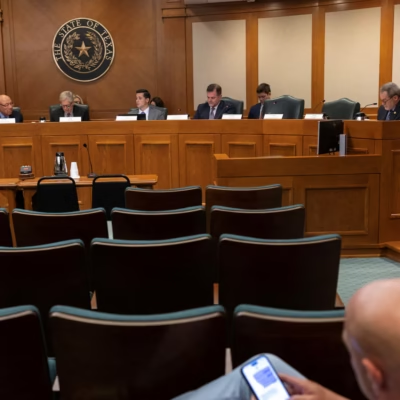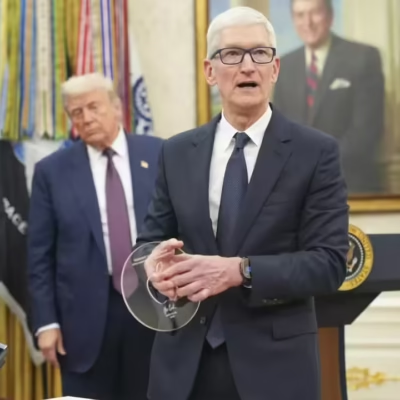In the heart of America, where wide-open fields stretch for miles and small towns rest quietly between valleys and hills, a serious problem is growing silently — the lack of healthcare access in rural America. Despite the beauty and simplicity of rural life, millions of Americans living in these areas face challenges just to see a doctor, get medications, or receive emergency care.
This issue, often overlooked in national conversations, is becoming a full-blown healthcare crisis.
Why Is Healthcare Access in Rural America Declining?
1. Hospital Closures Are Rising
More than 190 rural hospitals have closed in the U.S. since 2005. According to the Sheps Center for Health Services Research, dozens more are at risk. These closures force residents to travel long distances for basic and emergency care, leading to delayed treatments and worsening outcomes.
2. Shortage of Healthcare Professionals
Doctors, nurses, and specialists are in short supply across rural areas. Many avoid rural practice due to lower salaries, fewer resources, and professional isolation. As a result, rural patients often wait weeks or even months to see a provider — if they can find one at all.
3. Transportation Barriers
Rural communities often lack public transport, and medical centers can be over an hour away. This means missed appointments, untreated chronic conditions, and dangerous delays in emergency care.
Who Is Affected the Most?
Elderly and Low-Income Individuals
Rural communities have a higher percentage of older adults and people living in poverty. These groups often have multiple health conditions and limited mobility, making the lack of access even more dangerous.
People with Chronic Diseases
Conditions like diabetes, heart disease, and high blood pressure are common in rural areas. Without regular care and medication, these illnesses worsen, leading to hospitalizations or even premature death.
Expecting Mothers
Many rural counties don’t have obstetricians or even delivery units. This forces pregnant women to travel long distances — a major risk when facing complications.
Key Barriers to Healthcare Access in Rural America
1. Distance and Travel Time
The nearest hospital or clinic can be 50-100 miles away. In emergencies, this delay can mean the difference between life and death.
2. Lack of Insurance
Many rural residents work in agriculture, retail, or small businesses that don’t provide insurance. Without coverage, they avoid care due to cost.
3. Limited Broadband and Telehealth Options
While telehealth could solve some access problems, poor internet connectivity in rural areas blocks this solution.
4. Mental Health Services Are Scarce
Rural suicide rates are significantly higher than urban areas, but mental health providers are few and far between.
The Human Side of the Crisis
Meet Deborah, a 65-year-old retired schoolteacher from rural Kentucky. She has diabetes, arthritis, and high blood pressure. Her closest doctor is 45 miles away. After her local hospital closed in 2018, she began skipping routine checkups. “It’s just too far. Gas is expensive. And there’s no one to drive me,” she says.
Then there’s James, a 33-year-old rancher in Nebraska. After breaking his leg in an ATV accident, he waited nearly two hours for an ambulance. The nearest trauma center was 90 minutes away. “If it had been my head instead of my leg, I probably wouldn’t be here,” he reflects.
What’s Being Done — and Is It Enough?
1. Federal Funding and Grants
Programs like the Rural Health Care Program and Health Resources and Services Administration (HRSA) have aimed to support rural clinics, bring in more doctors, and improve infrastructure.
However, funding is often temporary and not enough to replace closed hospitals or offer full-time specialty care.
2. Telehealth Expansion
During COVID-19, telehealth boomed. For many rural patients, this was a game-changer. But the digital divide — lack of devices, data, or strong internet — still limits this option.
3. Mobile Clinics and Community Health Workers
Some states have launched mobile health vans and community outreach programs to deliver care where people live. These efforts have seen success but cover only a small fraction of those in need.
4. Incentives for Rural Doctors
Programs offering loan forgiveness or bonuses to doctors who work in rural areas are helping. But it’s a slow fix for a fast-growing crisis.
Long-Term Solutions for Rural Healthcare Access
If we want to improve healthcare access in rural America, short-term fixes aren’t enough. We need systemic change:
- Invest in Infrastructure: Build and sustain rural clinics and critical access hospitals.
- Expand Telehealth Coverage: Improve rural broadband and offer low-cost devices to patients.
- Train More Rural-Based Providers: Medical schools can create programs to train students in and for rural communities.
- Boost Transportation Options: Subsidize non-emergency medical transportation or ride services for rural residents.
- Prioritize Mental Health: Fund and staff mental health centers tailored for rural life challenges.
Rural Healthcare Isn’t Just a Rural Problem
Many believe rural healthcare only affects those living in small towns or farming communities. But that’s not true. Rural America grows our food, fuels our industries, and supports our economy. When rural residents are unhealthy or face medical crises without help, everyone feels the impact — from rising national healthcare costs to food supply disruptions.
In addition, rural areas often have fewer resources to handle natural disasters, pandemics, or public health emergencies. Without strong healthcare systems in place, entire regions remain vulnerable.
Conclusion: A Call to Action
The growing crisis of healthcare access in rural America is not just about hospitals or doctors. It’s about real people — our neighbors, our farmers, our veterans, and our elders. Their lives are worth protecting.
Solving this problem requires more than headlines and reports. It needs consistent policy action, financial investment, and innovative thinking.
We must act now — not tomorrow, not next year — to ensure every American, no matter where they live, has the right to healthcare.
Read Next – Obesity Epidemic in the USA: Causes, Effects & Real Solutions






